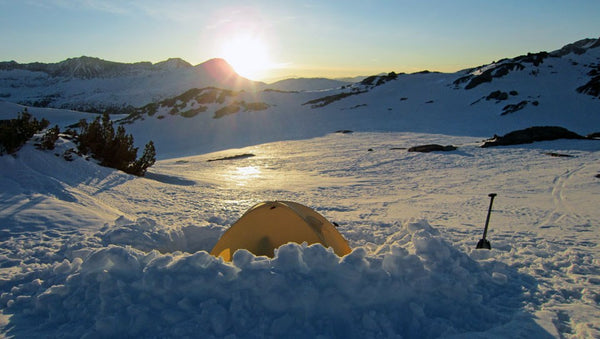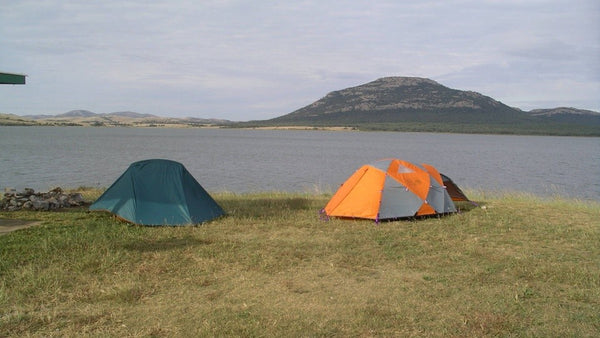The Cure for Common Outdoor Injuries
When the unexpected happens, a little education and the right first aid kit goes a long way
"Water? Check. Gear? Check. Food? Check. First aid kit? Maybe?” Sound familiar? It shouldn't. Accidents happen, and packing the tools needed to initially treat your group’s spills and illnesses can help prevent a minor boo-boo from turning bad. Below we’ve spelled out the basics to staying in the game this summer and beyond.
1. Be Prepared
Start by knowing where you’re going, packing a well-stocked first aid kit, and knowing how to treat common injuries (see #7, “Go to Class,” below). For example, tropical destinations require more sunblock and aloe and maybe a mosquito net to protect against bites while you sleep. Heading on an overnight hike in the mountains? Pack extra water along with splints and wraps to deal with a sprained or broken limb.
2. Wrap it Up
Whether it’s caused by an old injury flaring up or a stumble on a rocky trail, soft-tissue injuries, such as ankle sprains, are one of the most common backcountry mishaps. Treat this type of injury by wrapping the affected joint with tape. If pain persists, splint the injured area until you can seek medical attention.
3. Keep Your Cool
Where there’s fire—be it a roaring blaze at a campsite or a hot pot on the camp stove—there’s a chance for accidental burns. Address mild burns by cooling the area with cold water then lightly cleaning the burn area with soap and applying ointment under gauze.
4. Keep Wounds Clean
As a general rule, the farther away you are from civilization, the more careful you want to be. Of course, accidents happen, and when they do, it’s critical that you treat them immediately. First, control any bleeding by applying clean gauze and pressure to the wound. Then wash the wound with clean water, apply an antibiotic ointment, and cover with a bandage. Clean and re-bandage it daily. For larger wounds, use a breathable dressing.
5. Be Blister Aware
Blisters can turn a mellow hike into a painful slog. The best way to avoid them is to wear shoes that fit well and proactively address potential hot spot areas by covering them with a cushion such as moleskin. Got a blister anyway? Fortunately, they’re easy to fix. Clean the area around the blister with an alcohol pad, sterilize a pin or tip of a knife with an alcohol pad, then poke the blister at its edge. Apply light pressure to drain the fluid, but don’t cut away the skin. Dab the hole with antibiotic ointment and cover with a cushioning bandage to help relieve the pain.
6. Drink Up
In the thick of whatever adventure you’re in, it’s easy to get dehydrated. A good rule of thumb to monitor hydration status: Everyone should be urinating every four to five hours. If you’re not, drink up. Backcountry trekkers, bikers, and boaters should always pack iodine tablets or a water filter to safely replenish water supplies from available creeks, rivers, or lakes, even if only out for a day-long adventure.
7. Go to Class
The American Red Cross offers first aid, CPR, and AED protocols for wilderness- and sports-based activities.
Leave a comment
Comments will be approved before showing up.
Also in News & Skills




Richard White II
Author